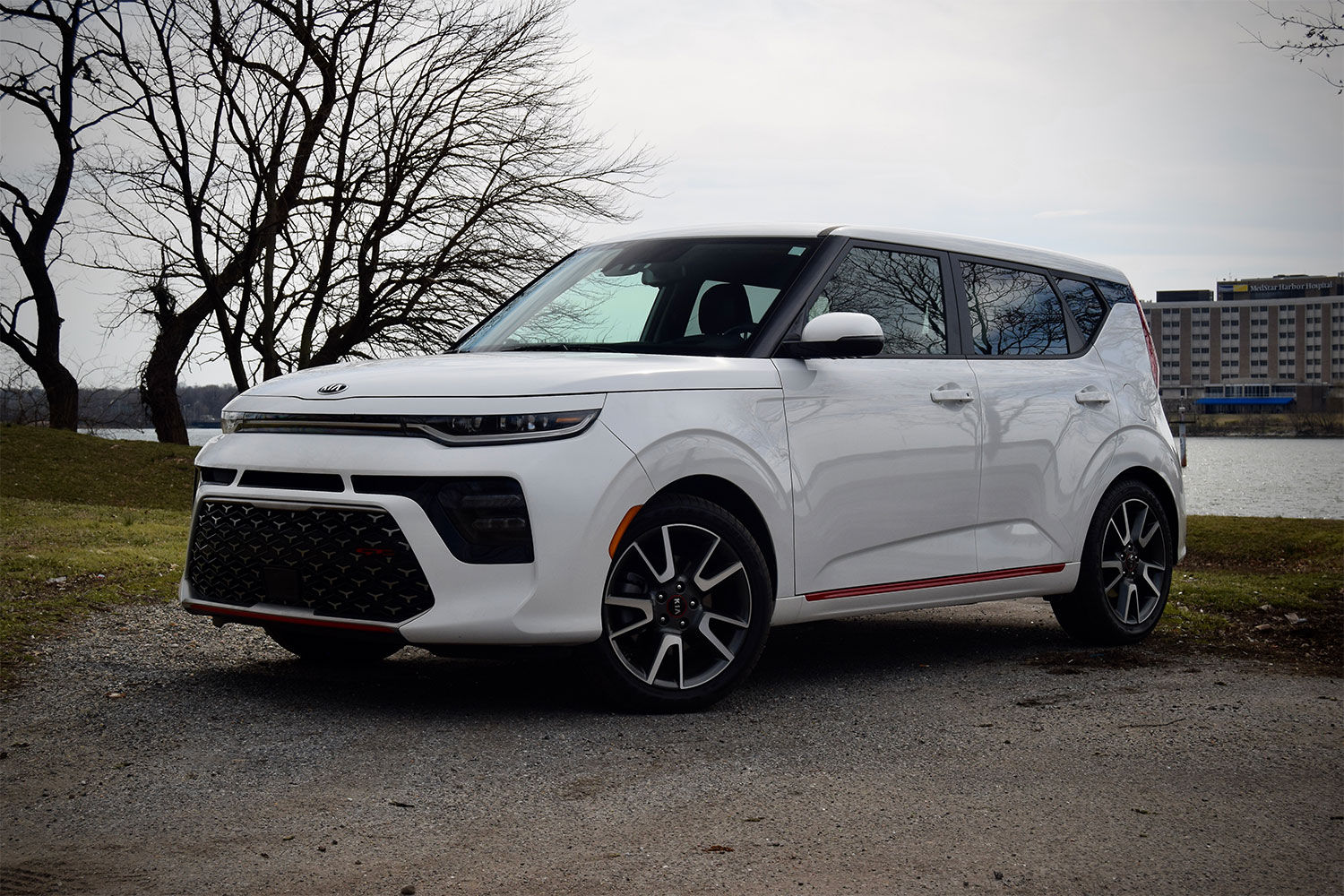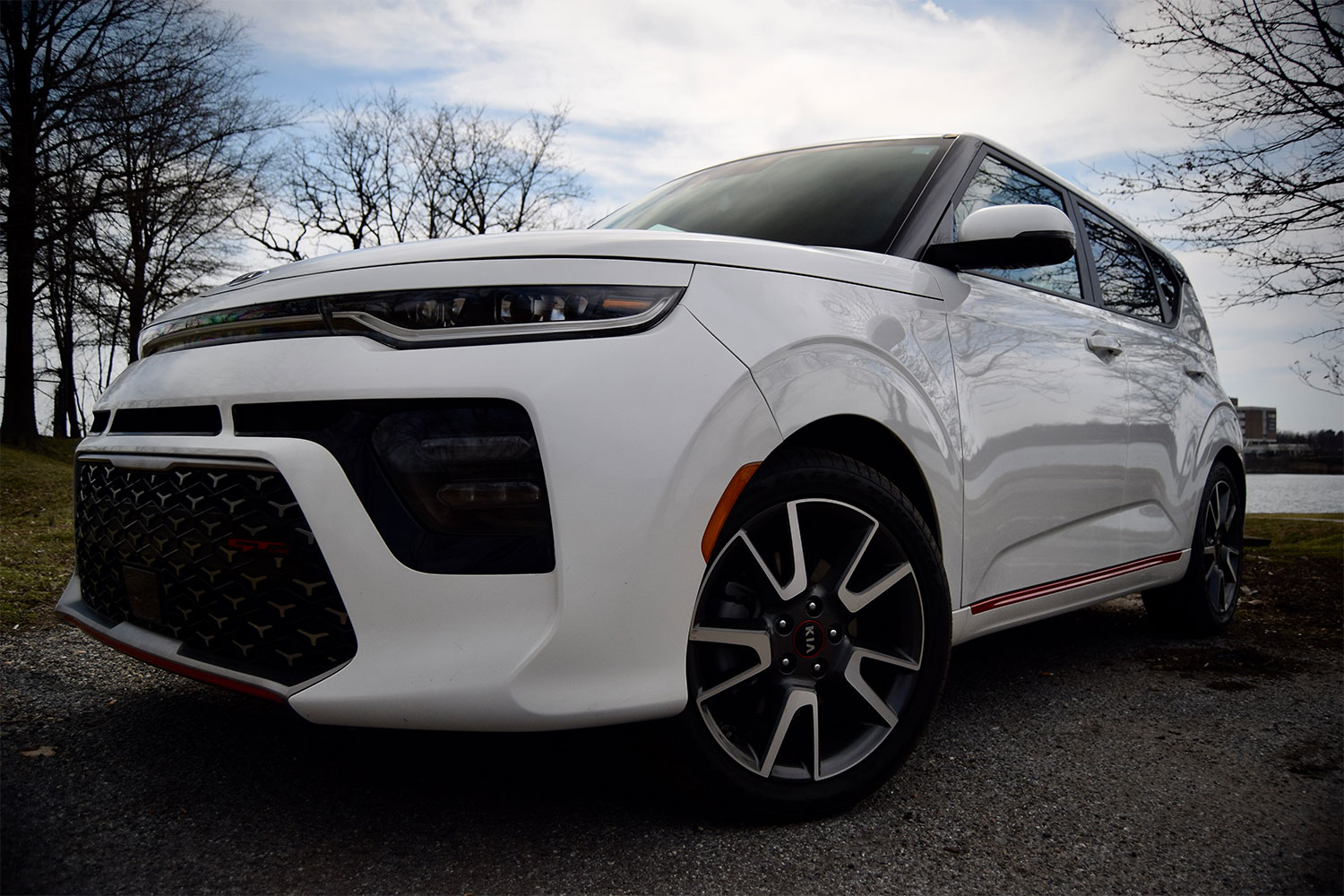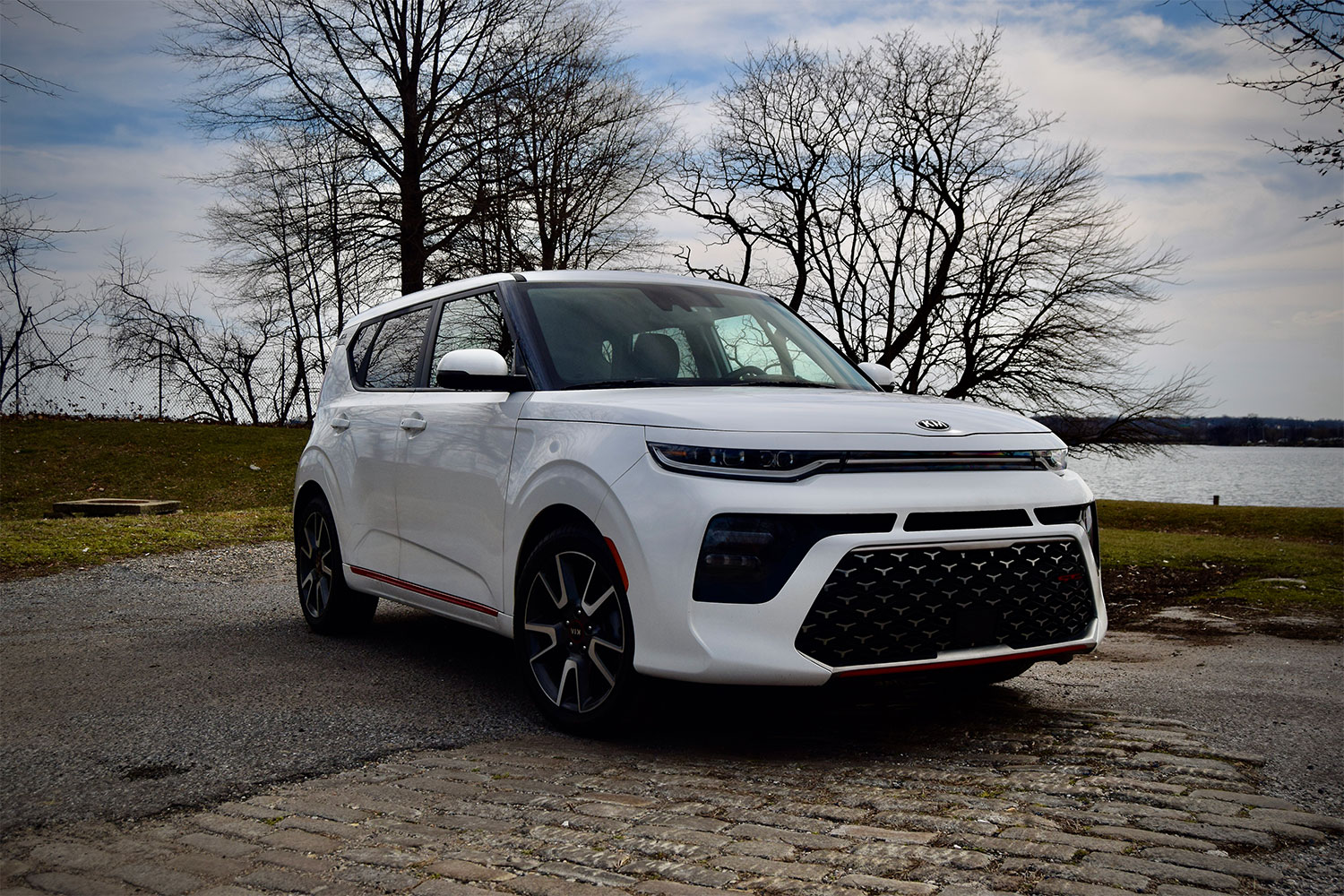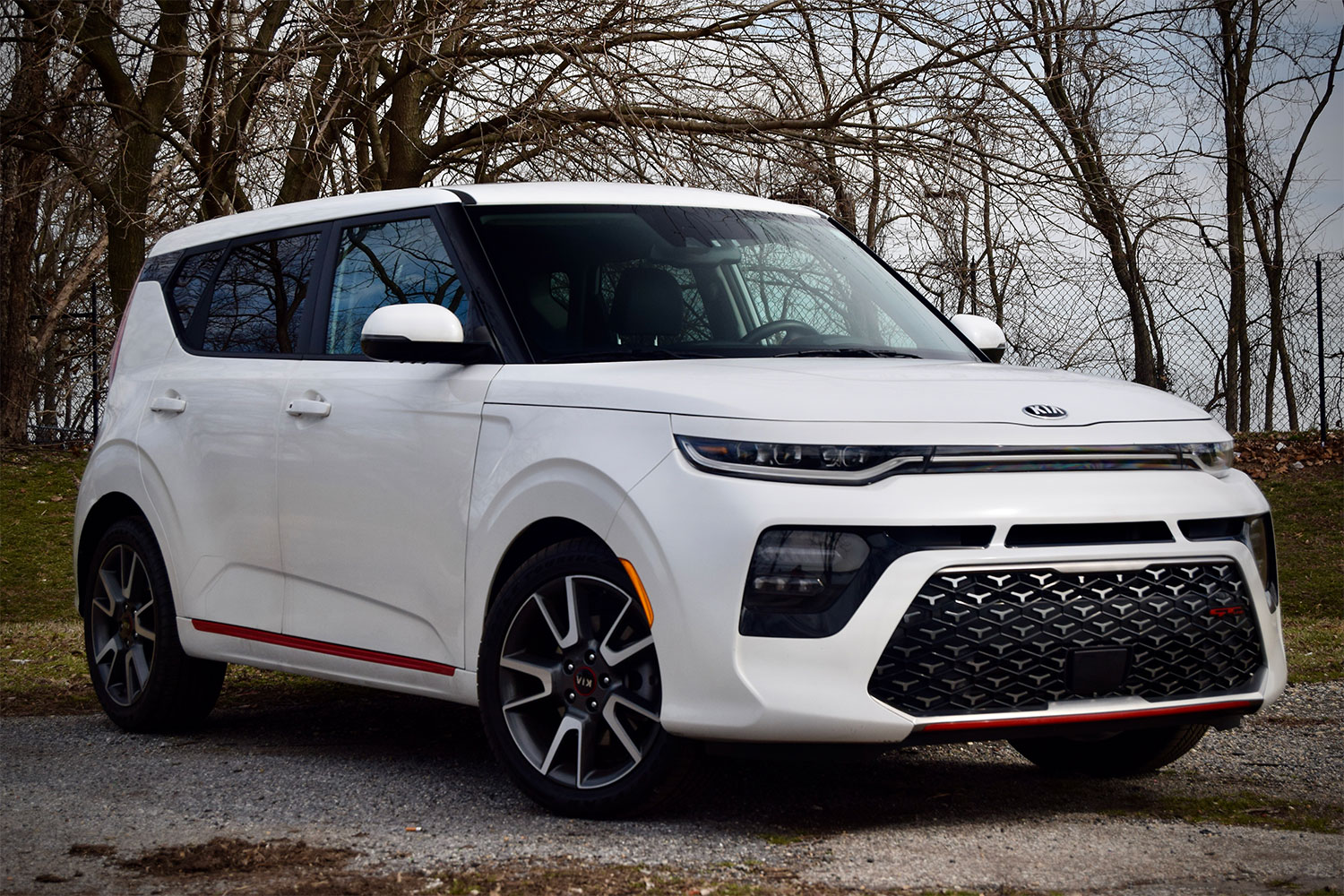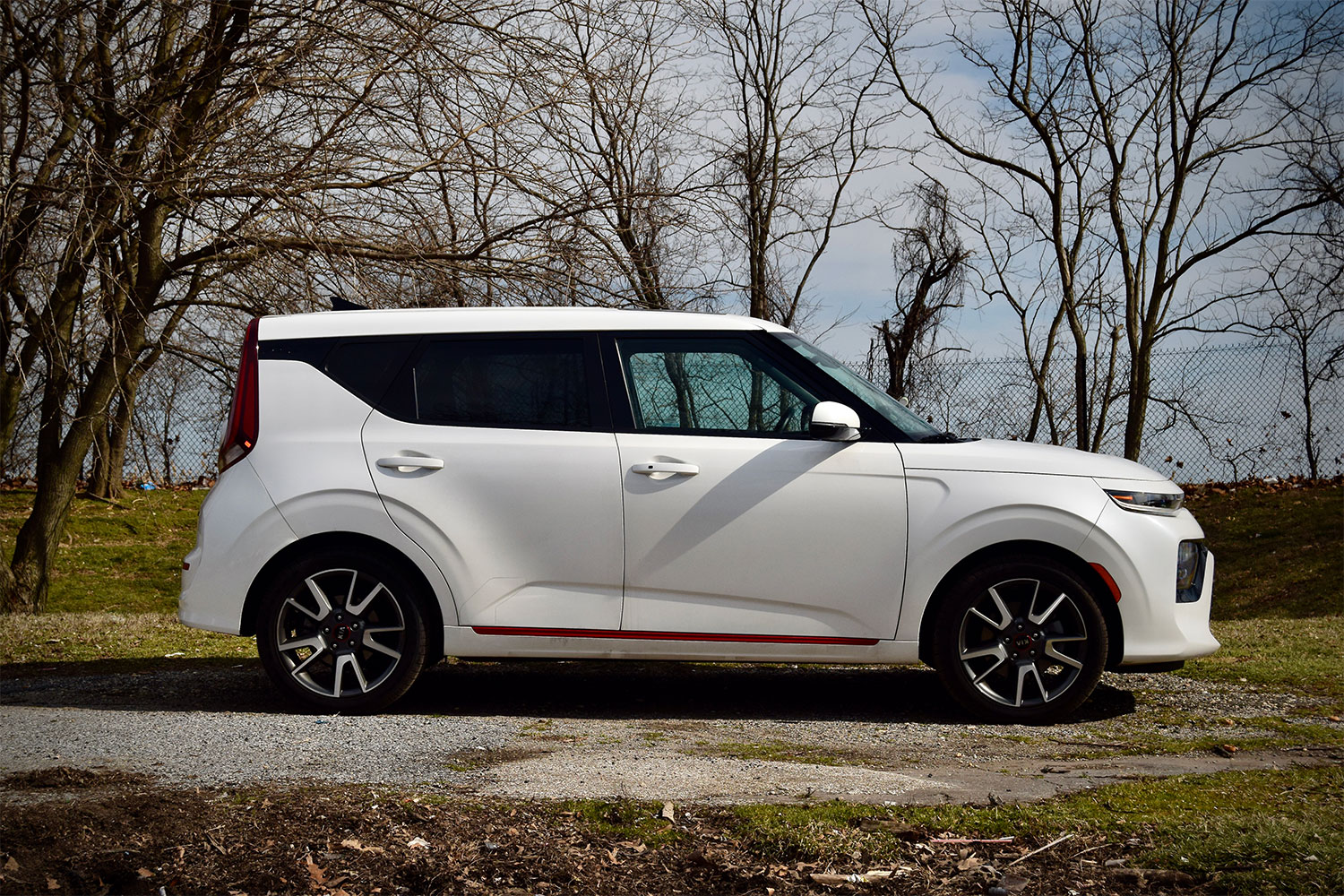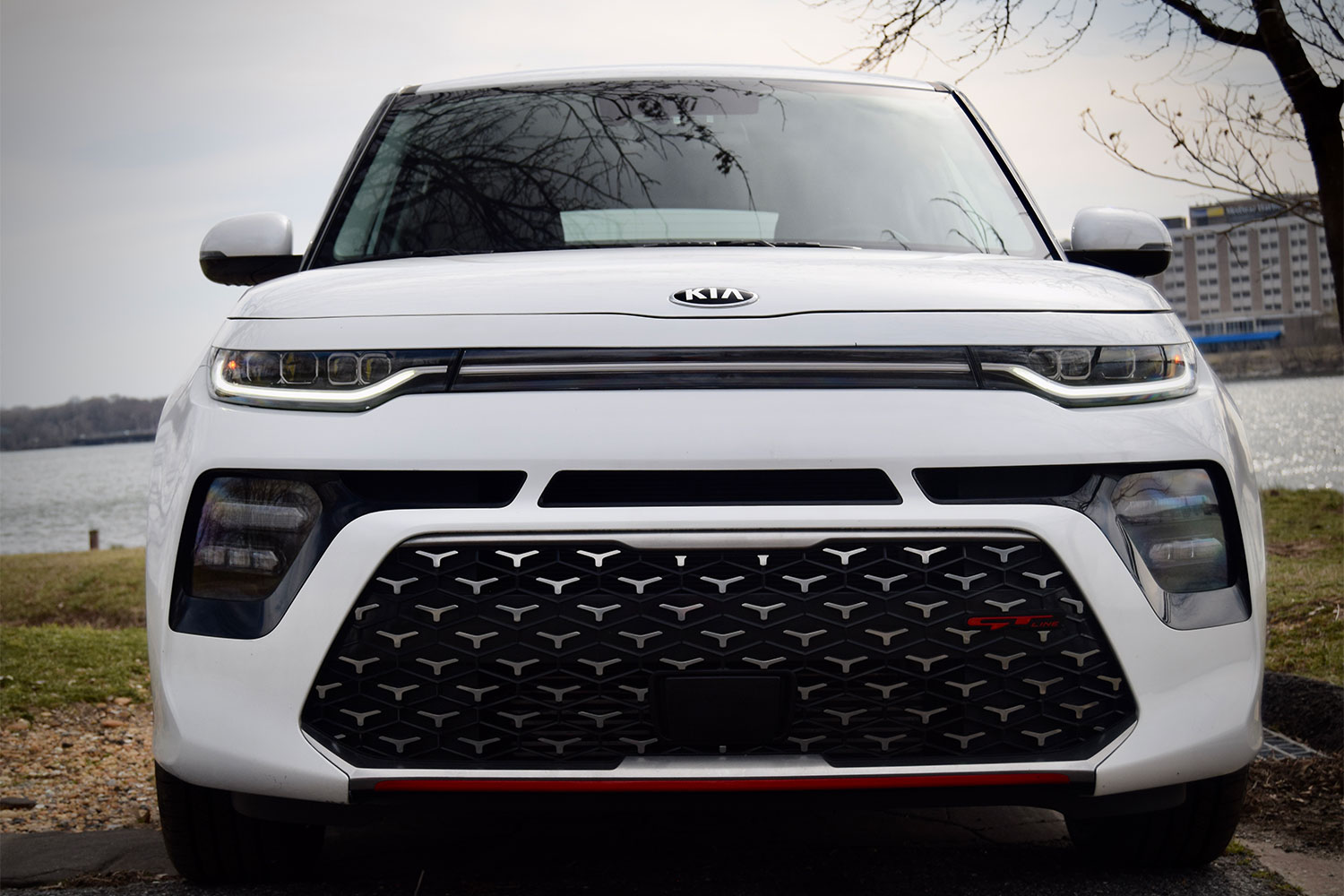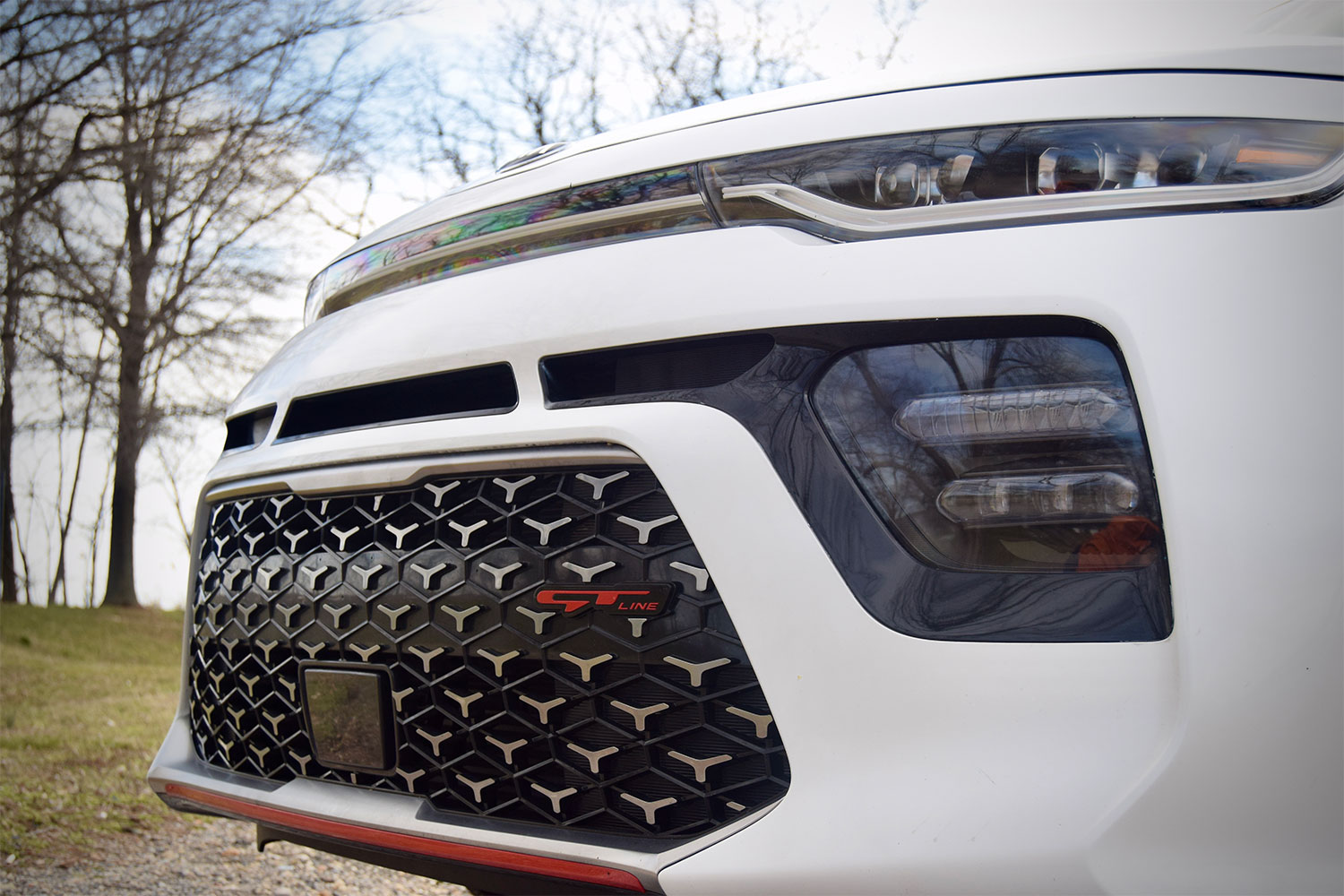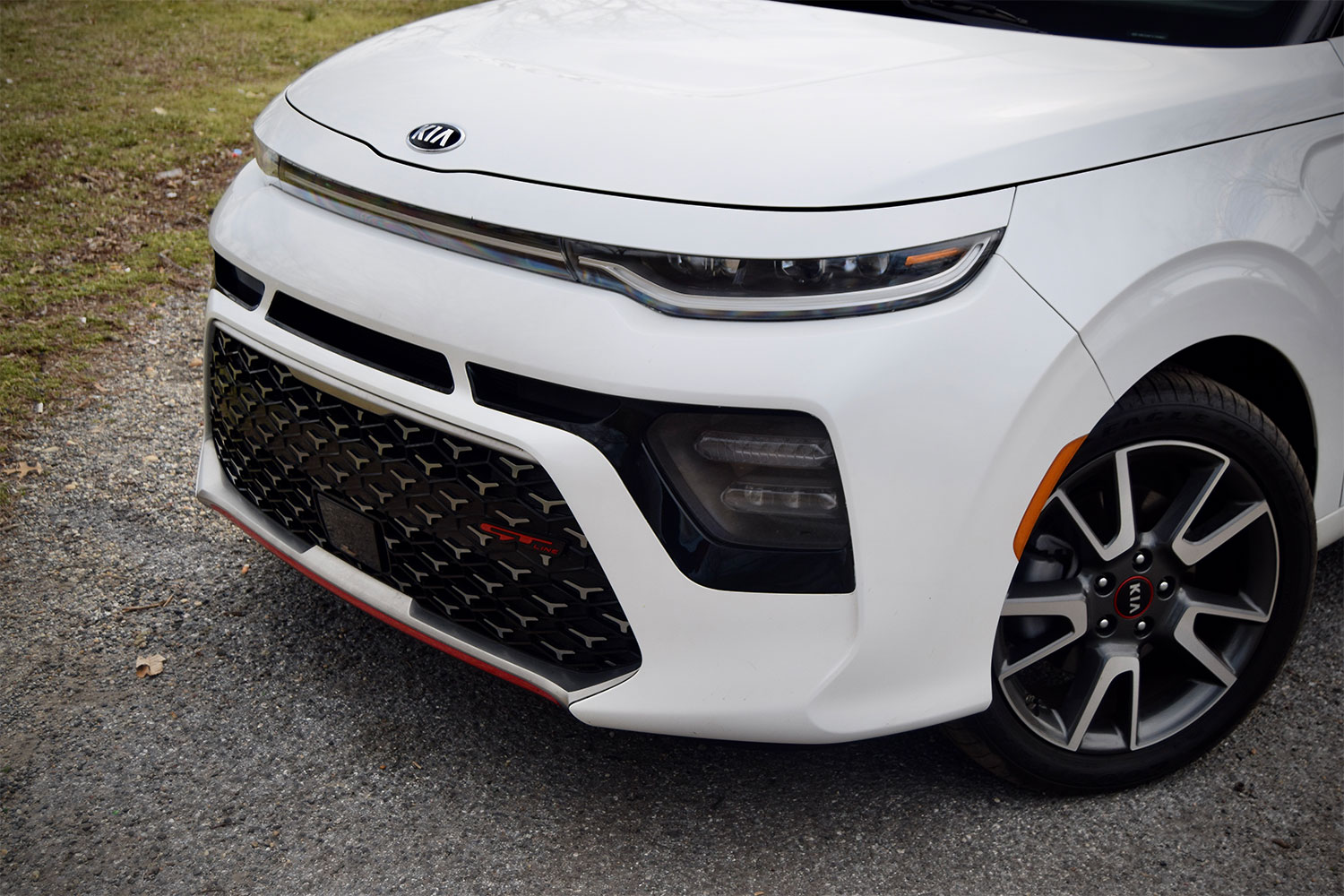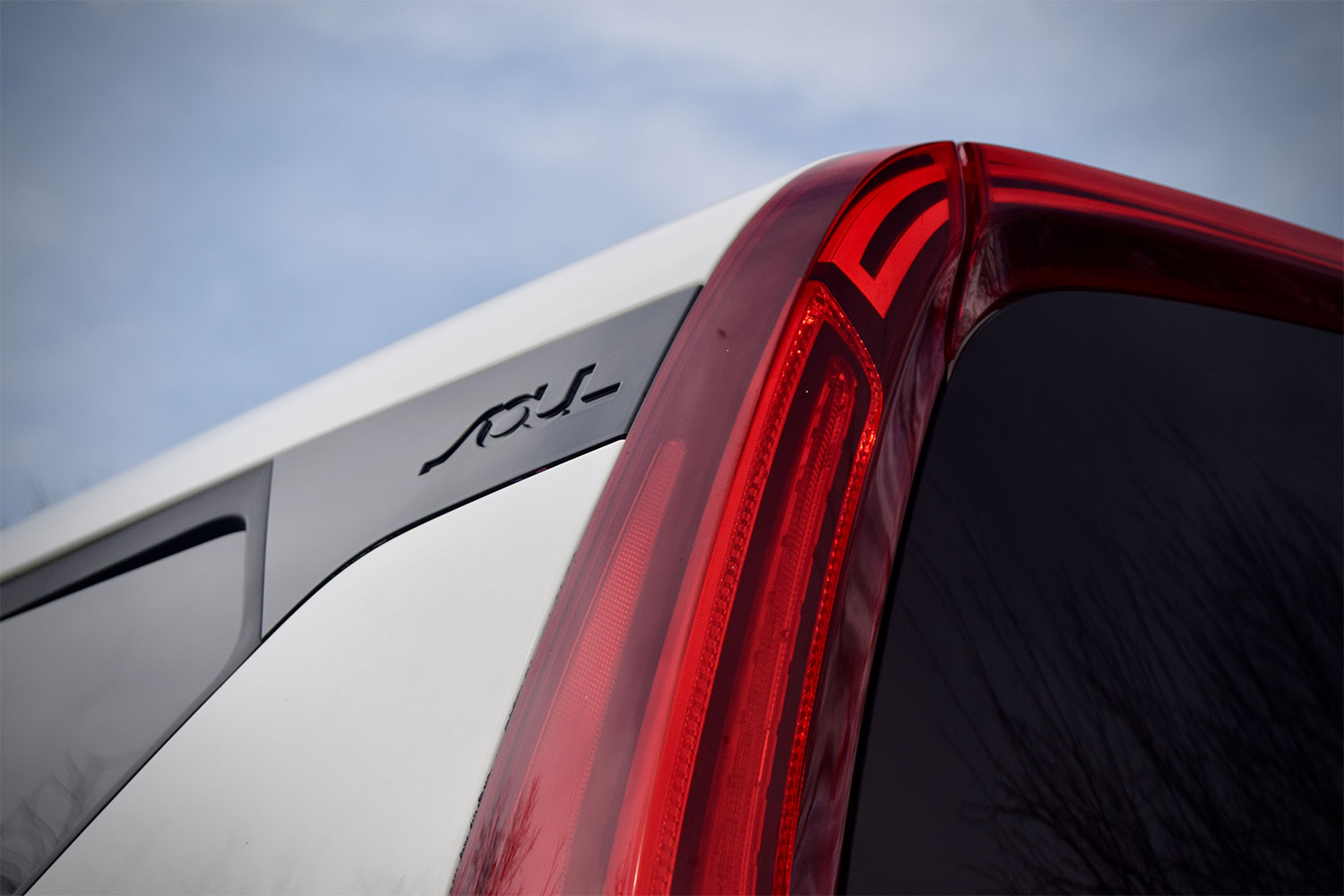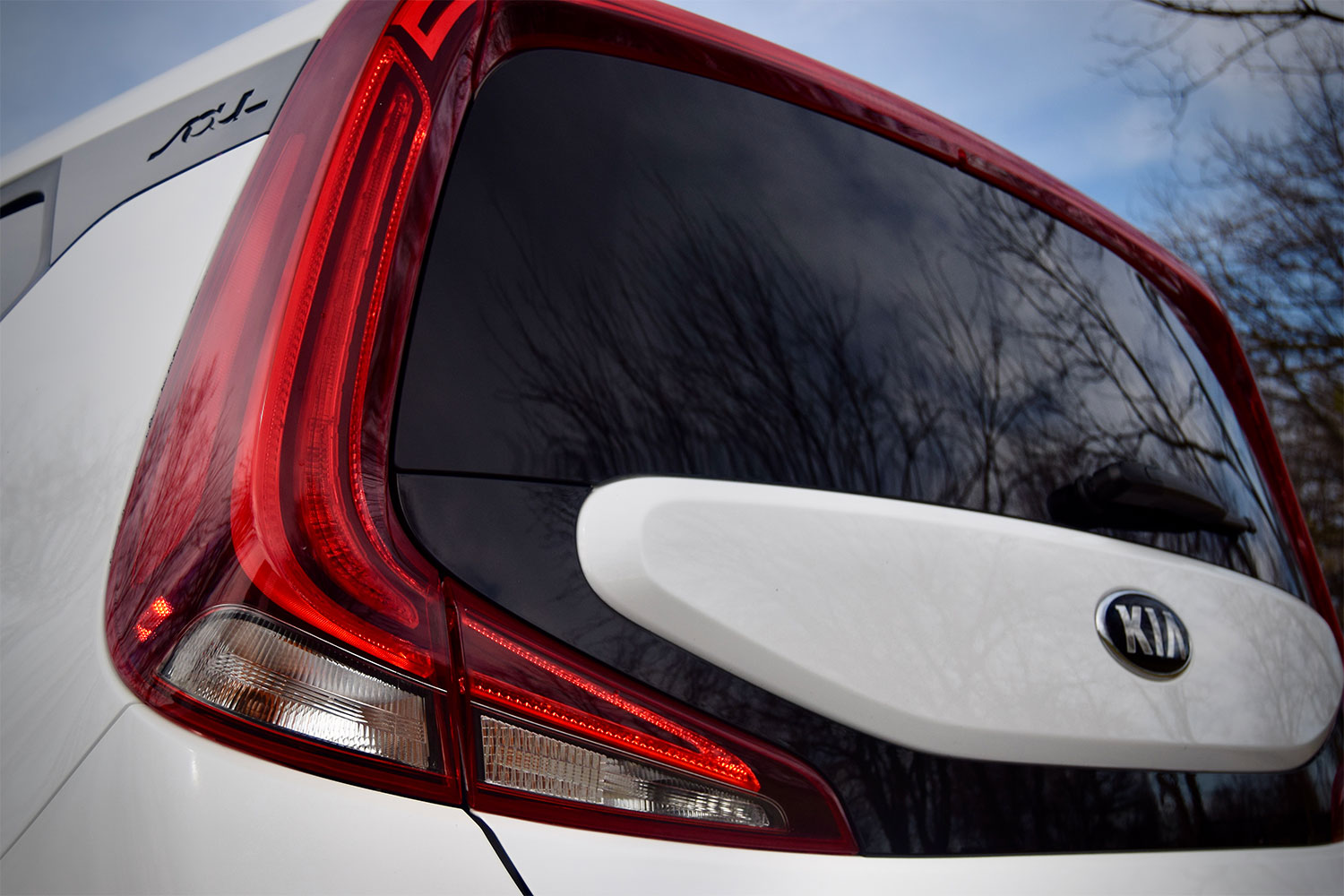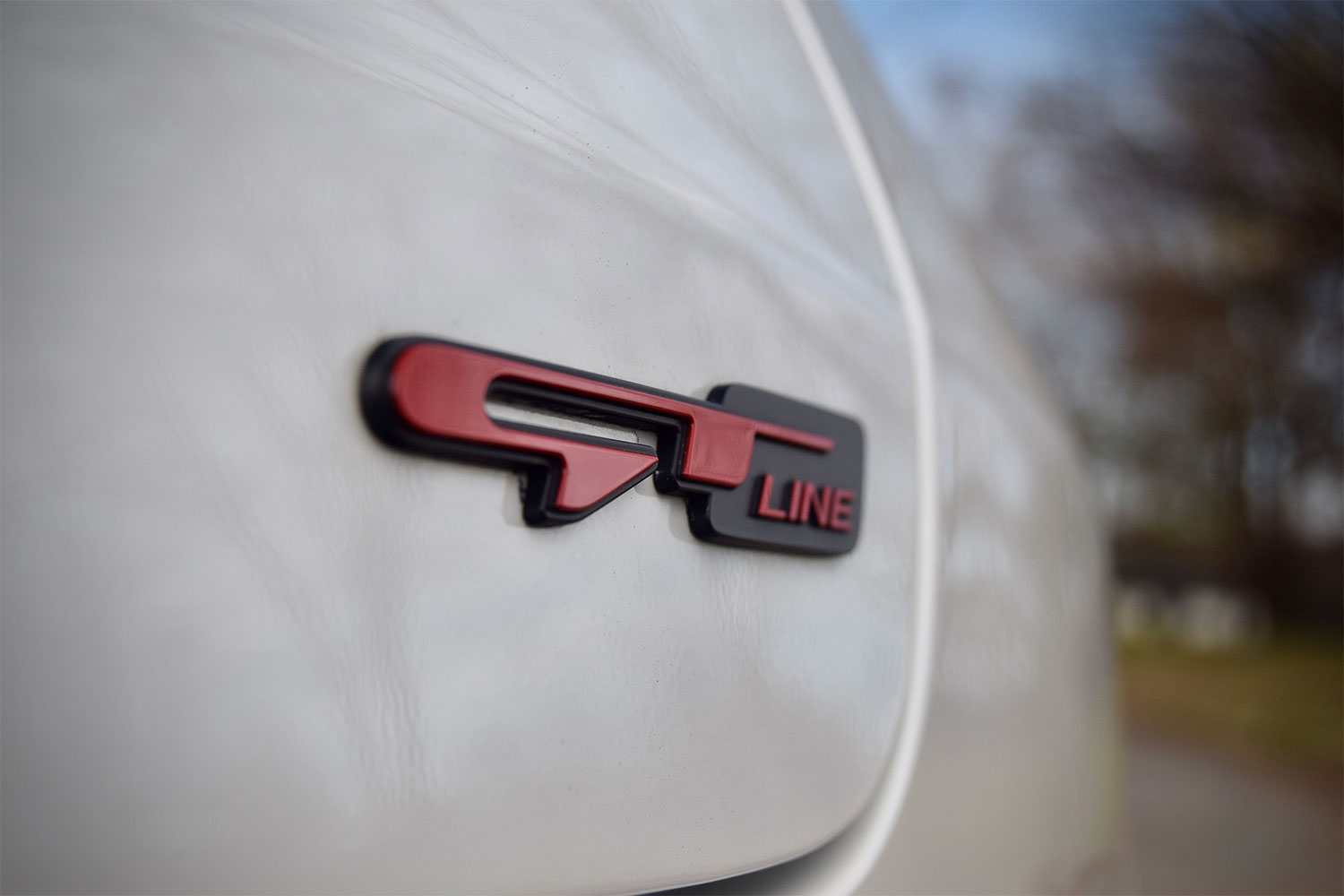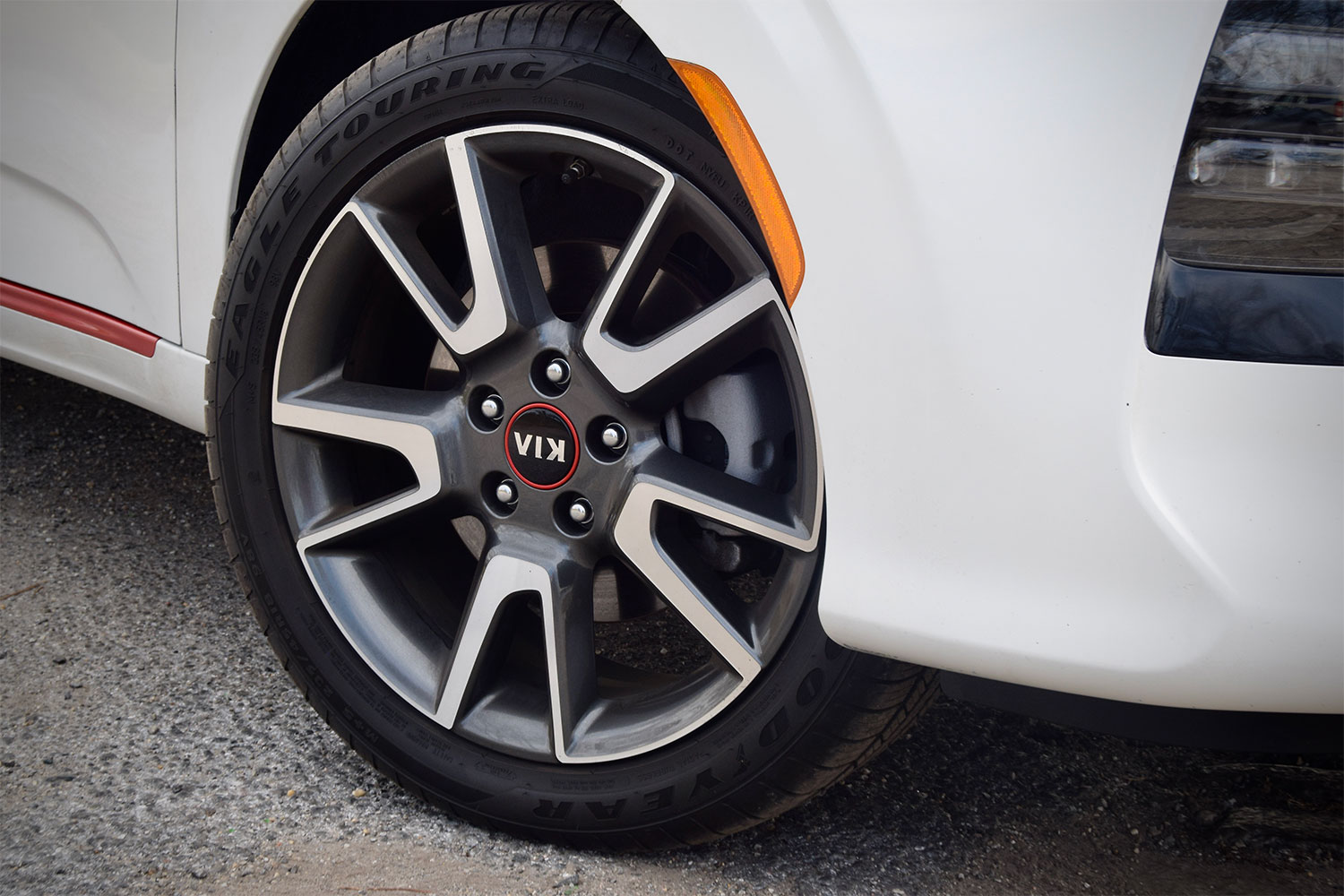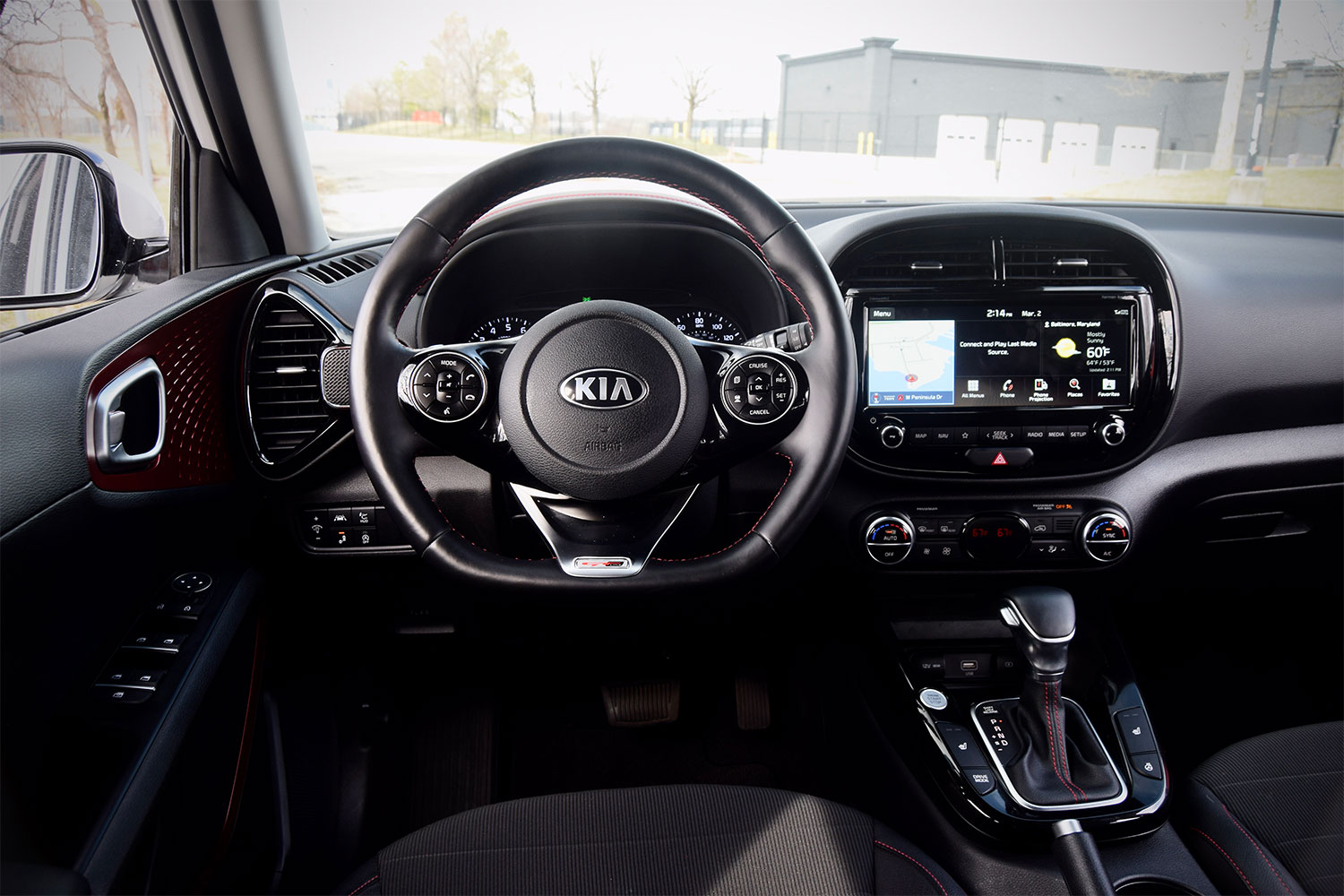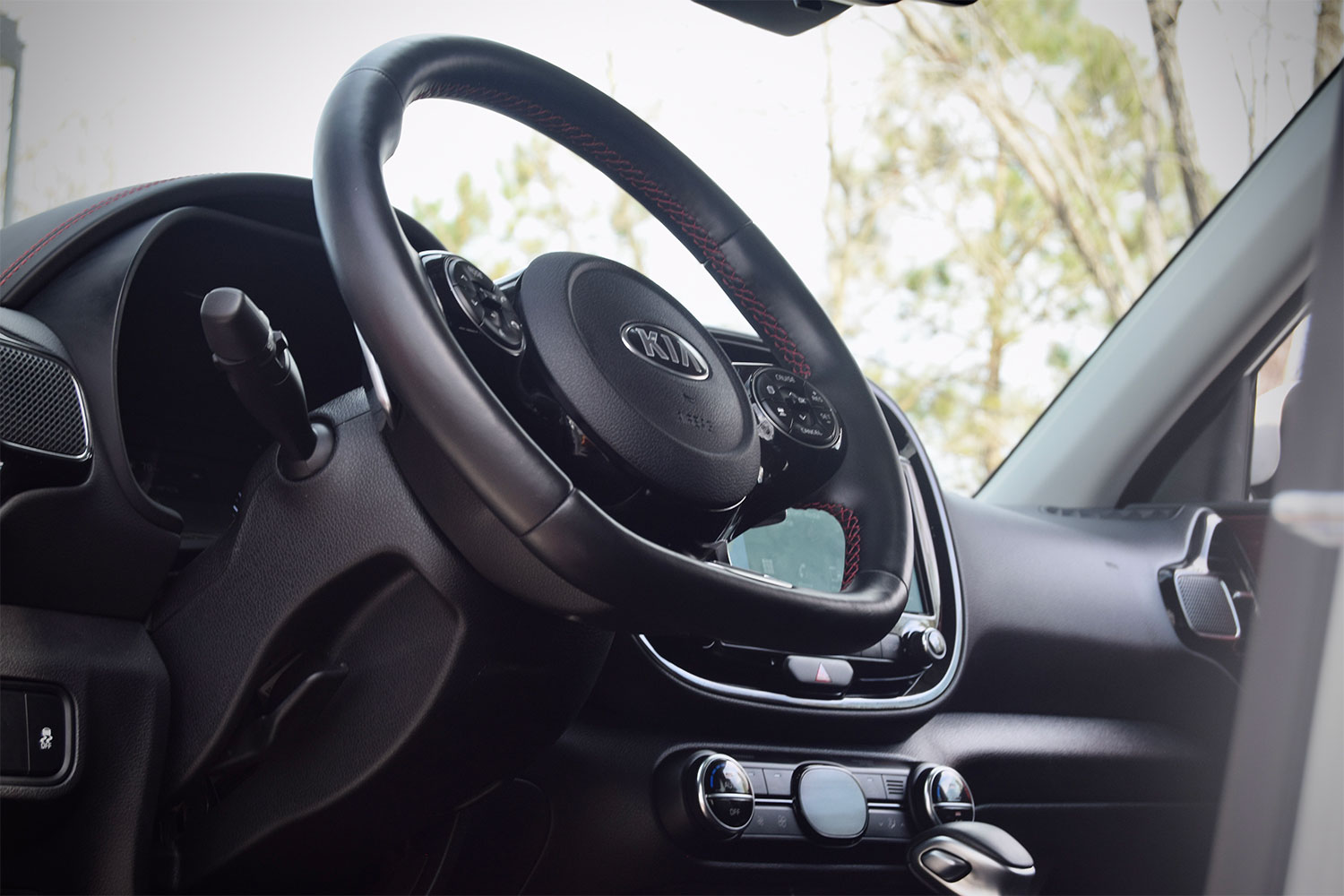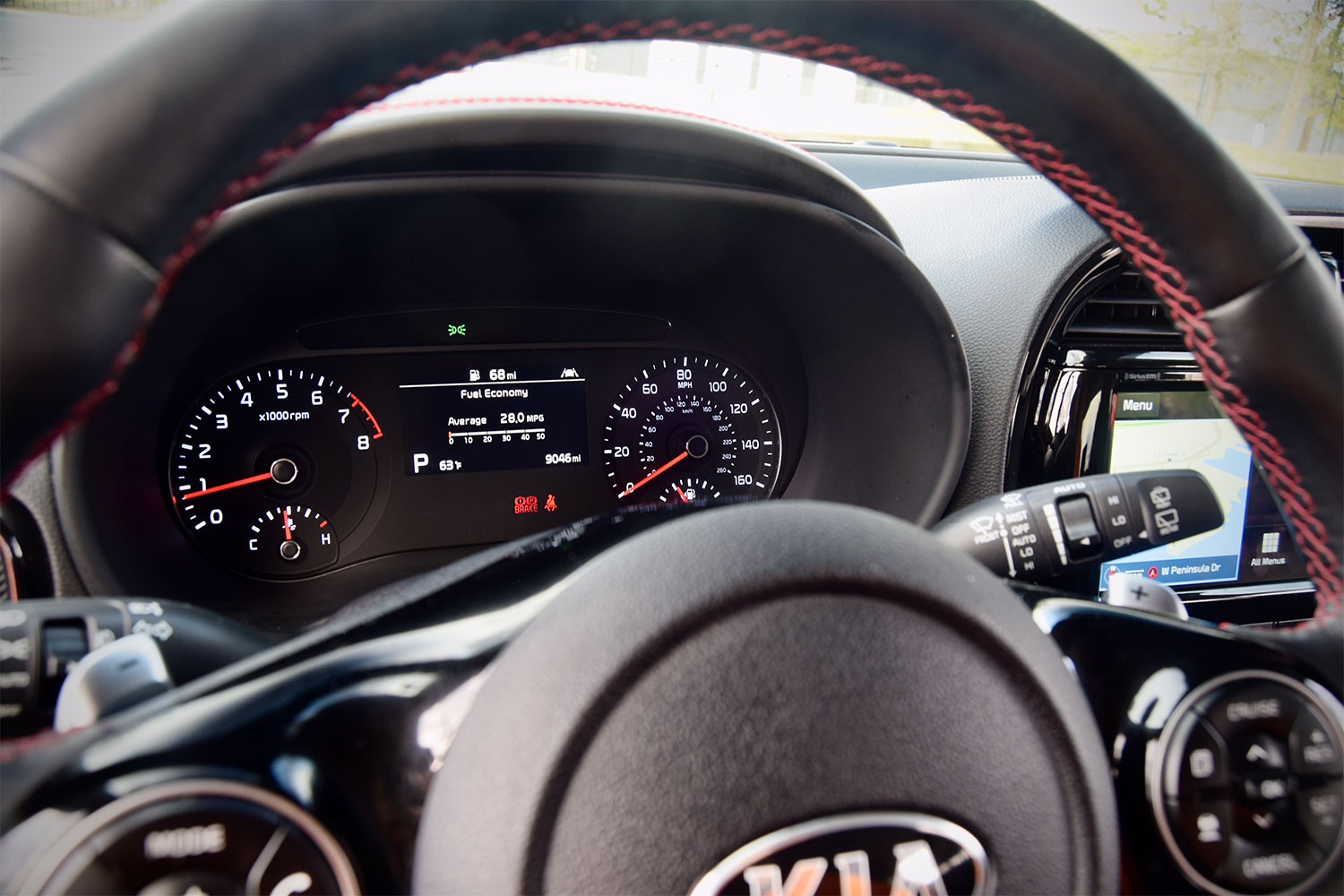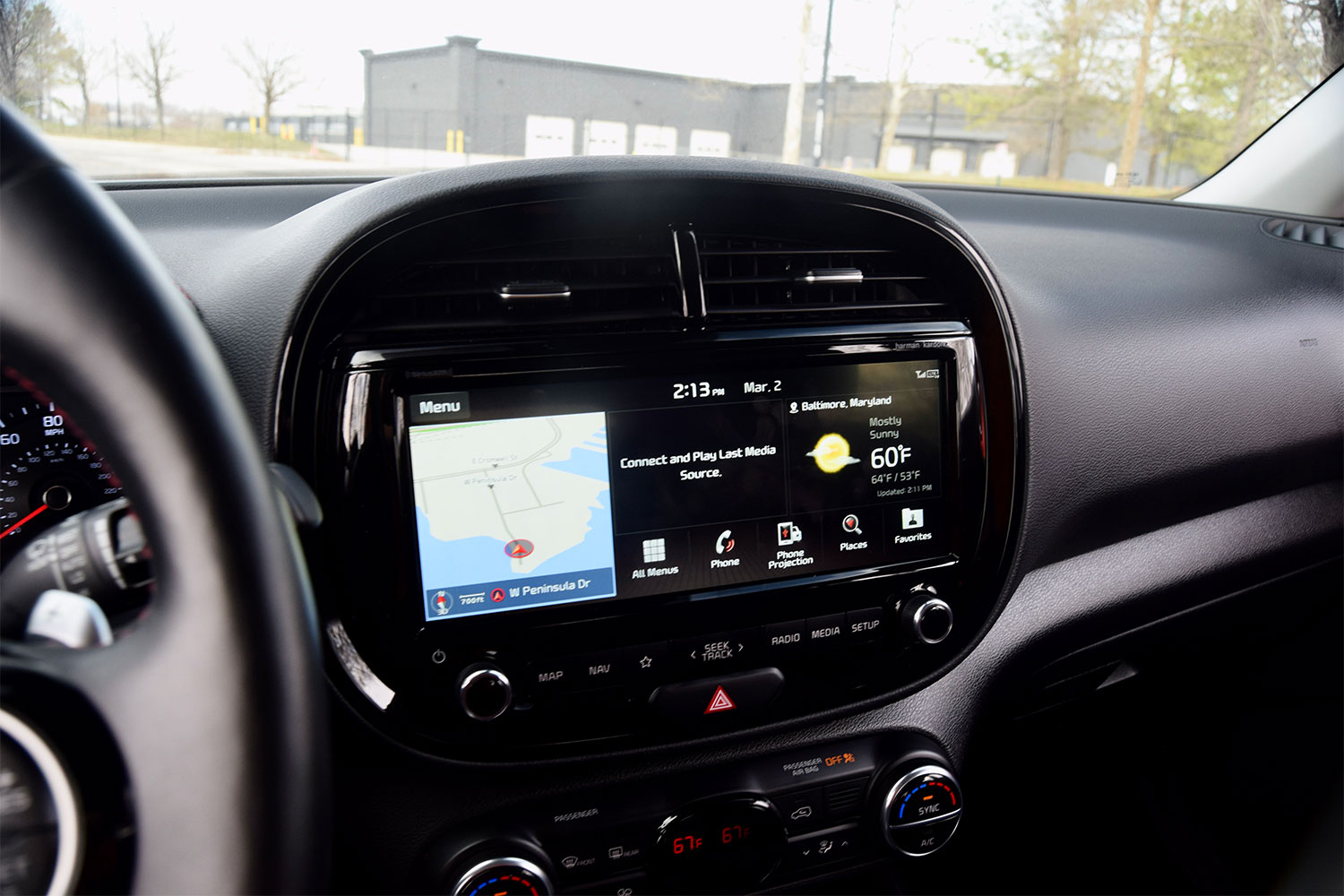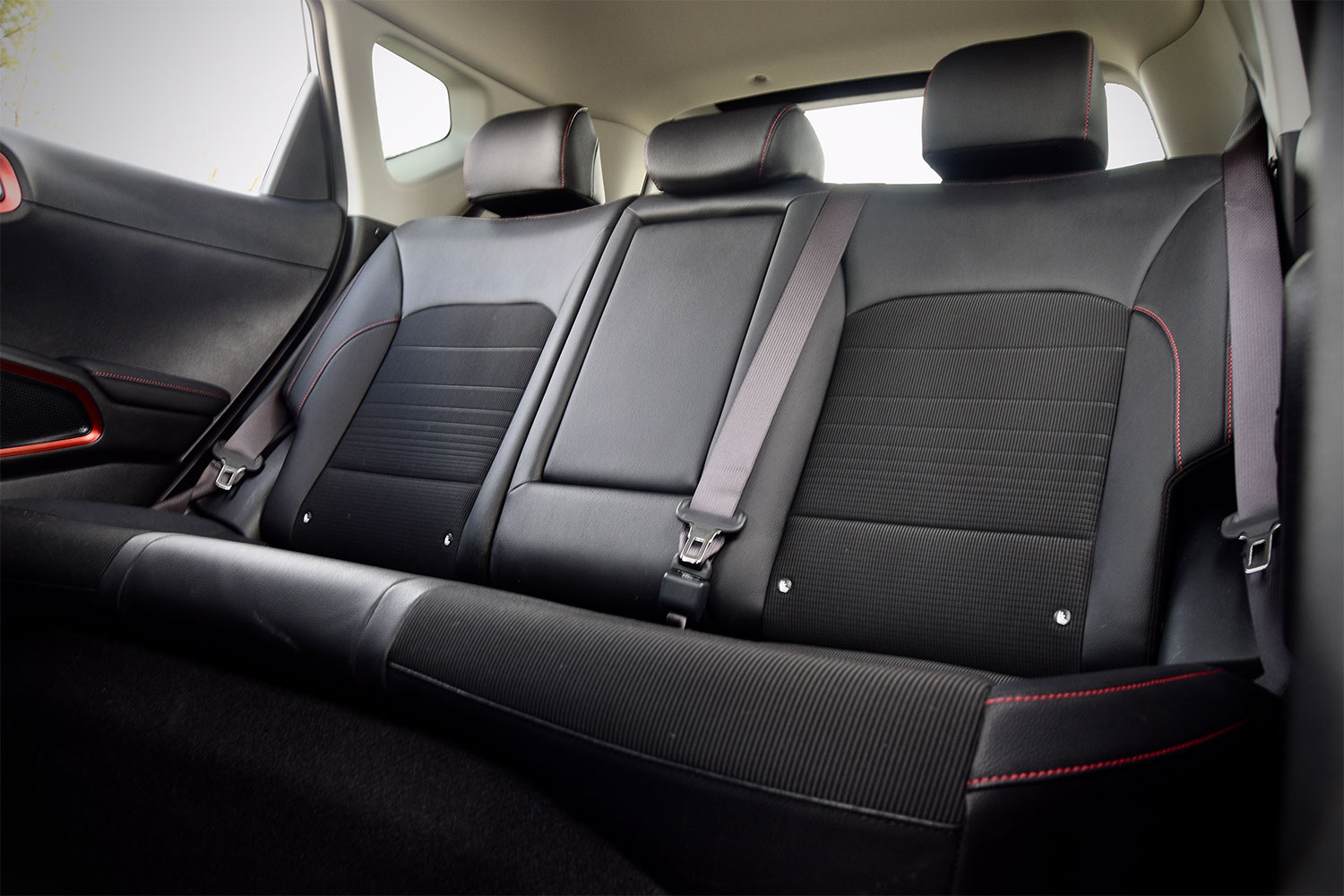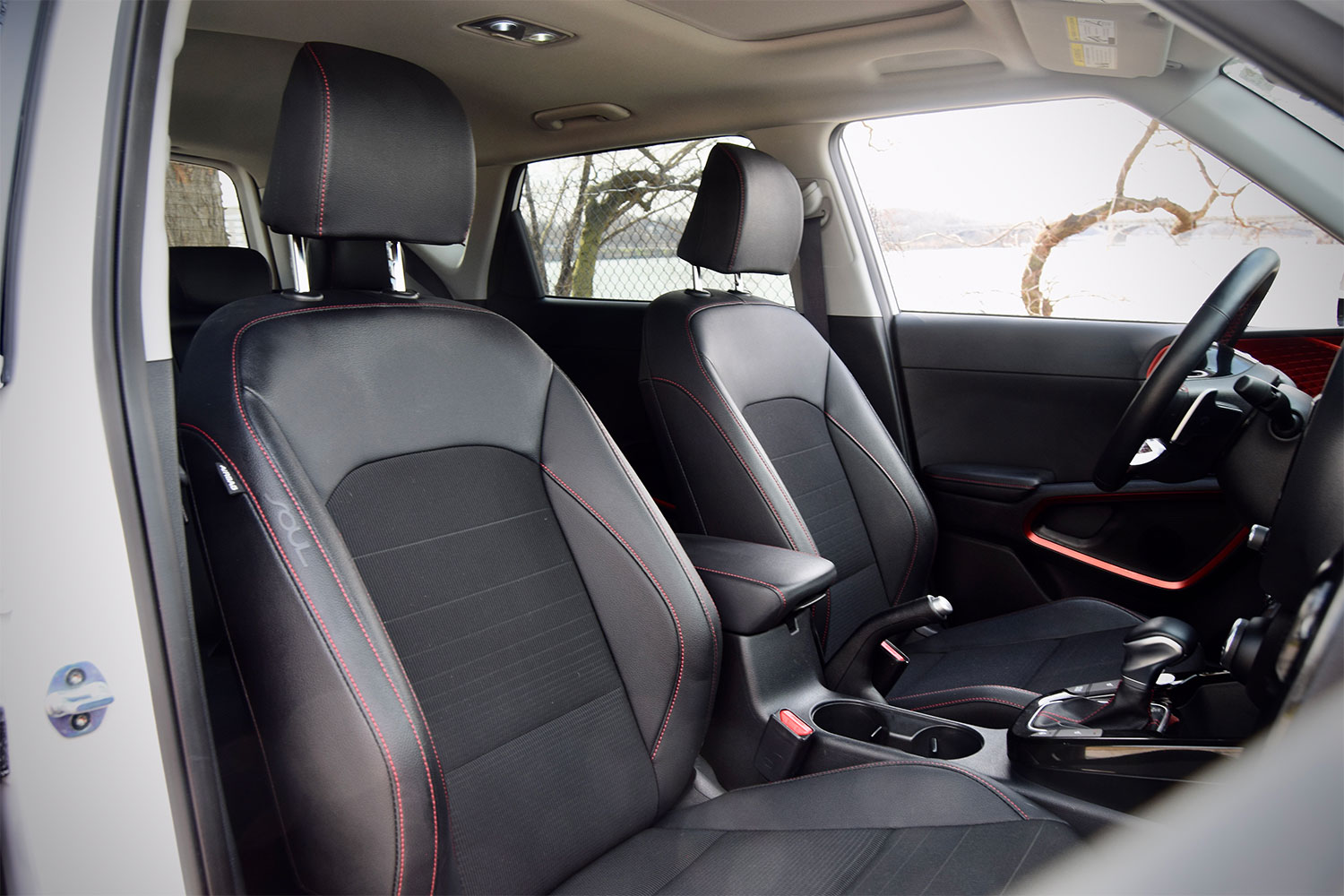The classification of a vehicle means quite a lot these days. No one wants a wagon, because everyone’s onboard the SUV train. Kia calls the 2020 Soul a subcompact SUV, but I’m not entirely sold. Neither is the EPA, which classifies the Soul as a wagon for fuel economy purposes. The Soul looks like a wagon, albeit one with a boxier design, it offers the kind of performance one would normally find in a hatchback, and it once belonged in a group of misfits alongside the Nissan Juke, Nissan Cube, and Scion xB. Those are all gone, but the Soul’s still around.

Not only is the Soul still the only surviving entry in the field of rejects, but it’s thriving. Kia completely redesigned the Soul for the 2020 model year, improving on nearly every area over the Soul imaginable. In some respect, Kia deserves, and has the right, to call the Soul whatever it wants. In my eyes, subcompact SUV is a little bit of a stretch. Regardless of what I may think about its classification, though, the Soul is a great machine. Just don’t get the GT-Line you see here.
Testing SUVs can get tedious. There are only so many things that separate SUVs from each other these days, and so trying to nit-pick every little detail becomes wearisome. When Kia dropped off the Soul GT-Line for a week to review, I was elated. A characterful car with a peppy engine? So much better than a hulking SUV with the driving dynamics of a cruise ship.
This was also my second time around with the Soul – I tested the new X-Line trim that has a few rugged elements that leave it as unsure of where it fits in the world as an adolescent teenager. I was not a fan of that Soul. The X-Line didn’t know what it was, didn’t have the best tech, and didn’t seem like a good overall vehicle. Going into the GT-Line, I knew exactly what I was looking for. In some ways, the GT-Line impressed, in others, it disappointed.
The Soul’s grown a few inches for 2020, but rest assured, it’s still a subcompact vehicle. The styling’s been updated, as well, but while the milk carton on wheels stance remains, the cutesy, hip design has made way for something angrier. This hamster’s tired of being picked on and has transformed into the bully. It’s not a look that will appeal to everyone, but it’s a striking evolutionary change that helps keep the Soul fresh.
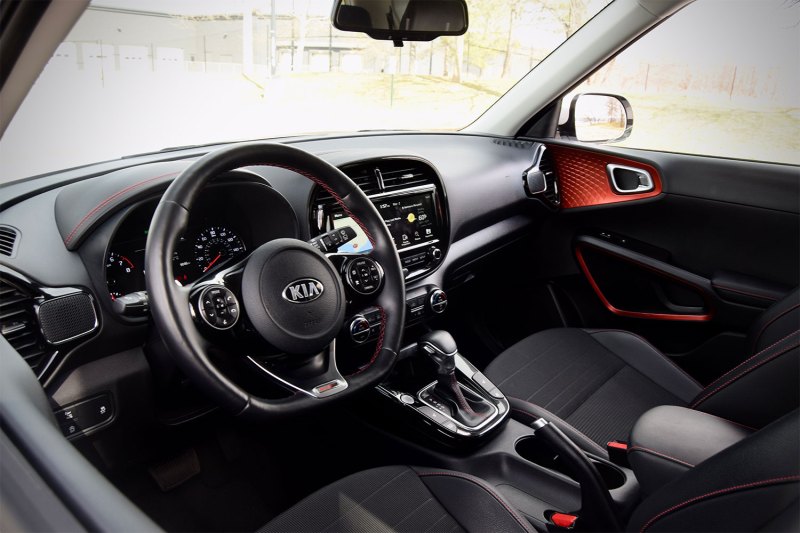
Because of the Soul’s size and its peppiness, I thought it would be the best vehicle to explore parts of Baltimore I haven’t seen much of before. The Baltimore Sun building on East Cromwell, the Sagamore Spirit Distillery right down the street, the massive Seagirt Marine Terminal in Point Breeze, and the abandoned Ford Armistead Park that gives you a gorgeous look at the Patapsco River. The Soul’s tiny size made it the prime urban machine to do some exploring.
But the GT-Line bespoke powertrain made it a chore around town. Under the tiny hood lies an engine with a big heart — that’s not the issue. Power comes from a turbocharged 1.6-liter four-cylinder that puts out an impressive 201 horsepower. A seven-speed dual-clutch automatic transmission is the only gearbox available and it’s a big letdown. The engine’s great, punchy, characterful, and more than powerful enough. You’ll notice a little lag when pulling away from a light, which may annoy some drivers, but a little lag never hurt anybody.
The transmission, on the other hand, is a nuisance. It doles out power and then immediately takes it away. This process results in a driving experience that feels like you’re in a car with someone that’s just learning how to drive stick. Baltimore has stop signs nearly five feet apart from one another and the Soul just wasn’t happy with the layout. Parallel parking is a chore, too, as people will honk and stare as the car bucks like an irritated mule. There was a prime spot at one of my favorite bubble tea joints and I just moved on to try to find something that wasn’t as busy. Patience and a surgeon-like right foot are required to get a smooth experience out of the GT-Line. I possess neither of those things.
What you don’t need patience to enjoy is the interior. It’s the highlight of the Soul. Funky, quirky, lighthearted, this is the Soul we know. Sure, most of the cabin has loads of hard plastics, but they’re stylish. The triangular air vents, the spaceship-like trim around the door handles, the circular bulge that houses the infotainment system, and the circular buttons on the steering wheel all ensure the Soul retains its joyful character.
The GT-Line comes with a few sporty elements like the red stitching throughout the cabin, a flat-bottom steering wheel, and special seats. But the vehicle’s true specialty is its mood-lighting system. The red accents surrounding the speakers, the trim pieces around the door handles, and footwell all light up depending on what kind of themes you pick. “Party Time,” “Café,” “Romance,” and “Midnight City” are a few of the choices. Party Time was our favorite, turning the car into a mobile dance floor. This might sound annoying, but at when you’re not allowed to interact with people and go outside, being able to party in your car for a few minutes without worrying about getting infected is a great cure for boredom.
The massive 10.25-inch display also deserves some recognition. Not only is it one of the largest touchscreens available in a subcompact vehicle, it has a crisp design and is easy to use. Tech is one of the Soul GT-Line’s strong points, as the vehicle comes with nearly every safety feature available on the market and even comes equipped with a wireless phone charger. Above all else, the Soul demonstrates that affordable price tags don’t have to mean skimping on features.
Kia still has some way to go to show the world that it can make a sporty Soul that’s worth buying. Taking all of the GT-Line’s powertrain flaws into account, this is a hard trim to recommend. We love nearly everything else about the Soul, though, especially when you get into the higher trim levels. So, if it were our money, we’d go with the EX trim, the second highest in the lineup.
Either way, the Soul continues to be a quirky way to get versatility without feeling like you’re just another sheep in the herd. After a week with the Soul, it’s easy to see why it’s the one hatchback – or whatever you want to call it – to survive this long.
